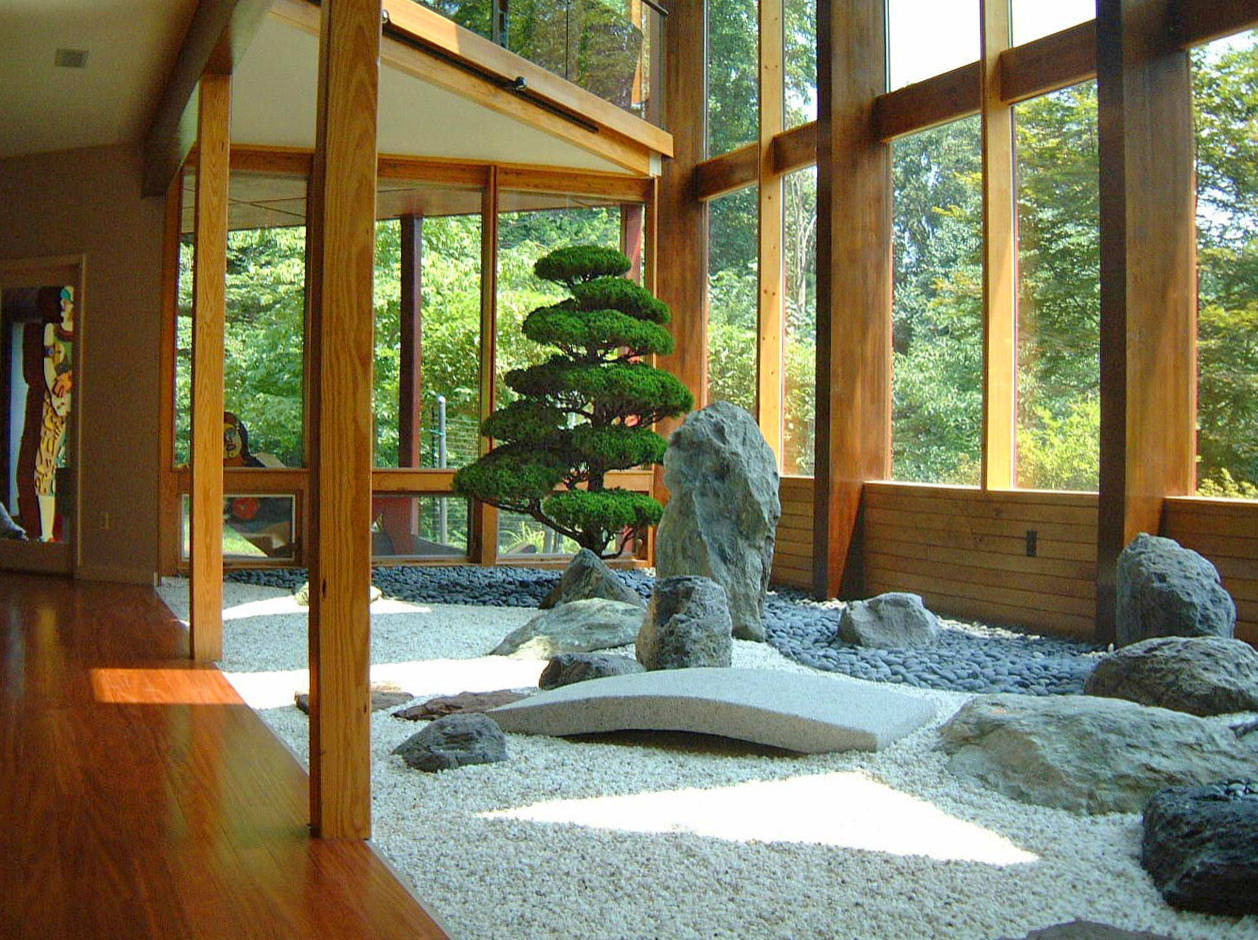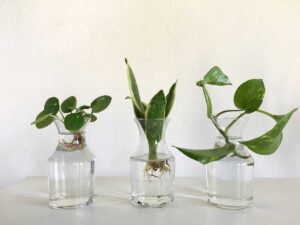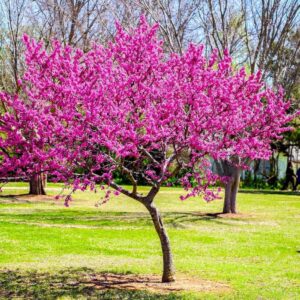The rising cost of houseplants has left many wondering why a simple pot of greenery can often rival the price of high-end decor. “The houseplant industry has seen a dramatic transformation over the past decade,” says Dr. Susan Greenfield, a horticulture economist. “Supply chain challenges, increasing demand, and the labor-intensive nature of plant care contribute significantly to higher prices.” This article delves into the reasons behind the steep costs of houseplants, exploring factors like market trends, plant rarity, and the growing obsession with greenery.
1. The Surge in Popularity of Houseplants
Houseplants are no longer just decorative items; they have become a lifestyle trend. With social media platforms like Instagram and Pinterest driving plant enthusiasm, demand has skyrocketed. “Owning houseplants is often associated with wellness and a connection to nature,” explains horticulturist Emma Ray. This increased demand often surpasses supply, especially for trendy and rare plants, driving up prices.
Additionally, the pandemic played a significant role in boosting the houseplant market. With people spending more time at home, indoor greenery became a source of comfort, contributing to a surge in sales. Nurseries and growers struggled to meet this sudden demand, further inflating prices.
2. Labor-Intensive Growing Processes
Growing houseplants is not as straightforward as it might seem. Many popular species require specific conditions, such as controlled light, humidity, and temperature, to thrive. This level of care demands significant expertise and resources.
Take the fiddle-leaf fig (Ficus lyrata), for example. These plants take years to reach the size commonly seen in homes, requiring regular pruning, repotting, and pest management. Such labor-intensive practices increase production costs, which are inevitably passed on to consumers.
3. Transportation and Import Costs
The global nature of the houseplant market means many plants are shipped from countries with favorable growing conditions, such as the Netherlands, Thailand, and Costa Rica. The logistics of transporting delicate plants add to their cost.
Plants need careful handling to ensure they arrive in good condition. Specialized packaging, climate-controlled shipping, and import taxes all contribute to higher prices. “The journey from grower to buyer is fraught with challenges,” says logistics expert Mark Harrison. “Each step adds to the final cost of the plant.”
4. Rarity and Exclusivity
Certain houseplants, such as variegated monstera or rare orchids, are expensive due to their rarity. These plants often require specific genetic traits or conditions to produce, making them scarce and highly sought after.
Collectors and enthusiasts are willing to pay a premium for unique or hard-to-find specimens. As a result, sellers capitalize on this exclusivity, driving prices even higher. “The rarer the plant, the higher the price tag,” notes plant collector Lisa Anders.
5. Sustainability Practices
With growing awareness of environmental issues, many nurseries and growers are adopting sustainable practices. While this shift is beneficial for the planet, it often comes with increased costs. Organic fertilizers, eco-friendly packaging, and sustainable water usage all contribute to higher production expenses.
Sustainability also influences consumer preferences, with buyers often willing to pay more for plants sourced responsibly. This trend reinforces the higher pricing structure within the industry.
6. The Role of Social Media and Trends
Social media has turned houseplants into status symbols. A single post showcasing a lush plant collection can inspire thousands to emulate the look, creating surges in demand for specific species. Influencers and plant enthusiasts often play a pivotal role in driving these trends.
For instance, the sudden popularity of the string of hearts (Ceropegia woodii) can be traced back to its frequent appearances on Instagram. “Plants are now a reflection of one’s aesthetic and lifestyle,” says design blogger Sarah Lee. “This cultural shift significantly influences their market value.”
7. Price Variation by City and Plant Type
The cost of houseplants can vary greatly depending on the city and type of plant. Major urban areas like New York, Los Angeles, and San Francisco often see higher prices due to increased demand and higher operational costs for local nurseries.
| City | Average Cost of Popular Plants |
|---|---|
| New York | Fiddle-leaf fig: $120–$200 |
| Los Angeles | Snake plant: $40–$70 |
| San Francisco | Variegated monstera: $300+ |
| Austin | Peace lily: $50–$80 |
| Chicago | Pothos: $20–$40 |
Additionally, different plant types come with varying price tags:
| Plant Type | Average Cost Range |
| Low-maintenance plants | $20–$40 |
| Rare species | $300+ |
| Medium-sized indoor trees | $150–$300 |
| Succulents and cacti | $10–$50 |
| Orchids | $50–$100 |
8. Why Are Houseplants So Expensive?
Houseplants are expensive due to a combination of factors, including their growing popularity, labor-intensive cultivation, transportation challenges, rarity, and sustainability efforts. Urban centers and trending plants further amplify costs, making houseplants a luxury for many. Understanding these factors can help consumers make more informed purchasing decisions.
Conclusion
The high cost of houseplants is the result of a complex interplay of factors, including increased demand, labor-intensive cultivation, transportation challenges, and the influence of social media. While these factors may make houseplants a luxury for some, their popularity shows no signs of waning. By understanding the reasons behind their pricing, consumers can make informed decisions and perhaps appreciate the true value of the greenery they bring into their homes.
References:
- Greenfield, Susan. Personal Interview. 2025.
- “Houseplant Logistics: Challenges in a Growing Market.” Greenhouse Today, March 2024.
- “The Rise of Rare Plants on Social Media.” Plant Enthusiast Weekly, January 2025.






